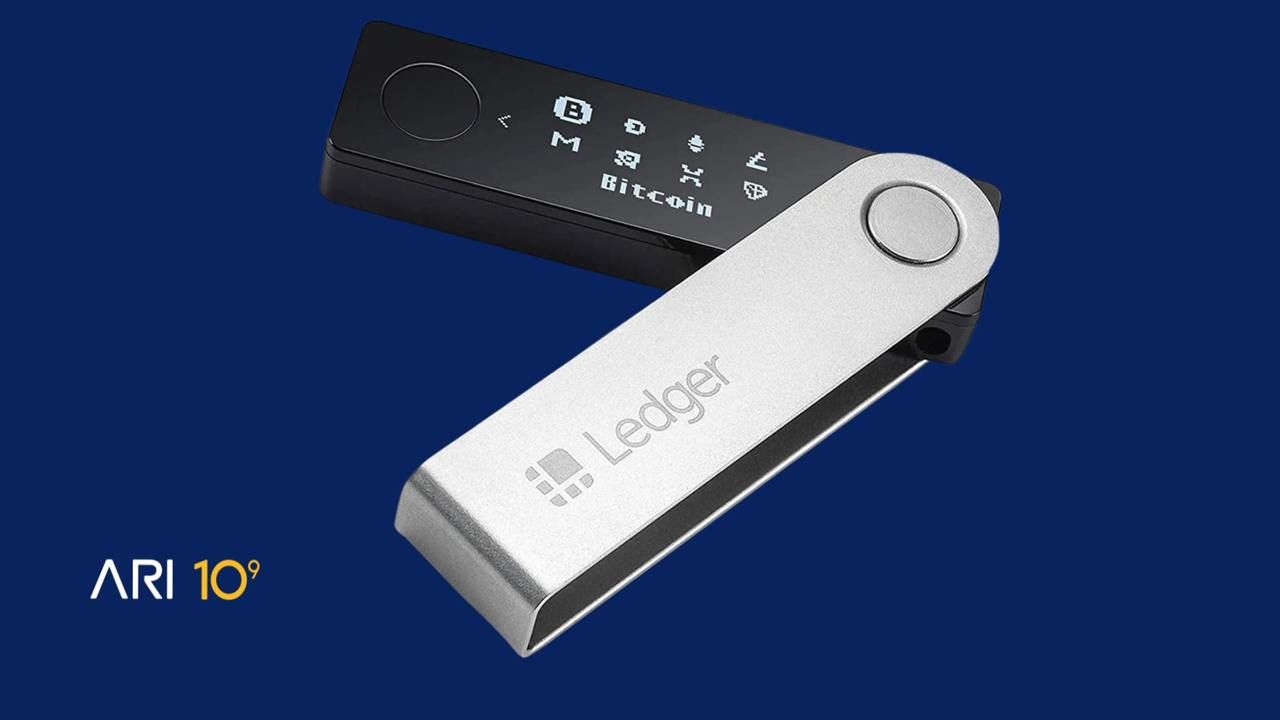
The security of cryptocurrency storage is a fundamental aspect of digital asset management. The choice of an appropriate custody method depends on individual priorities—whether focused on security or accessibility.
Hot Wallets Mobile, desktop, or browser-based applications (e.g., MetaMask, Trust Wallet) that operate online. They offer high accessibility, making them suitable for frequent transactions, though they carry an increased risk of cyberattacks. Users retain control over their private keys. Recommended for storing small operational amounts.
Cold Wallets Hardware devices (e.g., Ledger, Trezor) that function offline, providing the highest level of security. Recommended for long-term storage of substantial holdings.

Platforms such as Binance and Ari10 Exchange offer transactional convenience; however, users do not retain control over private keys. Reputable platforms implement advanced security measures, including insurance funds. They are primarily recommended for short-term operations.

An optimal strategy involves distributing assets across various storage methods: cold wallets for long-term investments, hot wallets for operational funds, and exchanges for active trading. This approach mitigates the risk of total asset loss while maintaining operational flexibility.
Cryptocurrency prices are significantly more susceptible to sharp fluctuations than traditional financial instruments. High price volatility may result in sudden losses and unpredictable outcomes. Trading in crypto assets involves a substantial risk of capital loss.
This material does not constitute investment advice, a personal recommendation, an offer, or a solicitation to buy or sell crypto assets. Any references to past or projected performance of a particular crypto asset, index, or investment product are not, and should not be considered, reliable indicators of future performanc